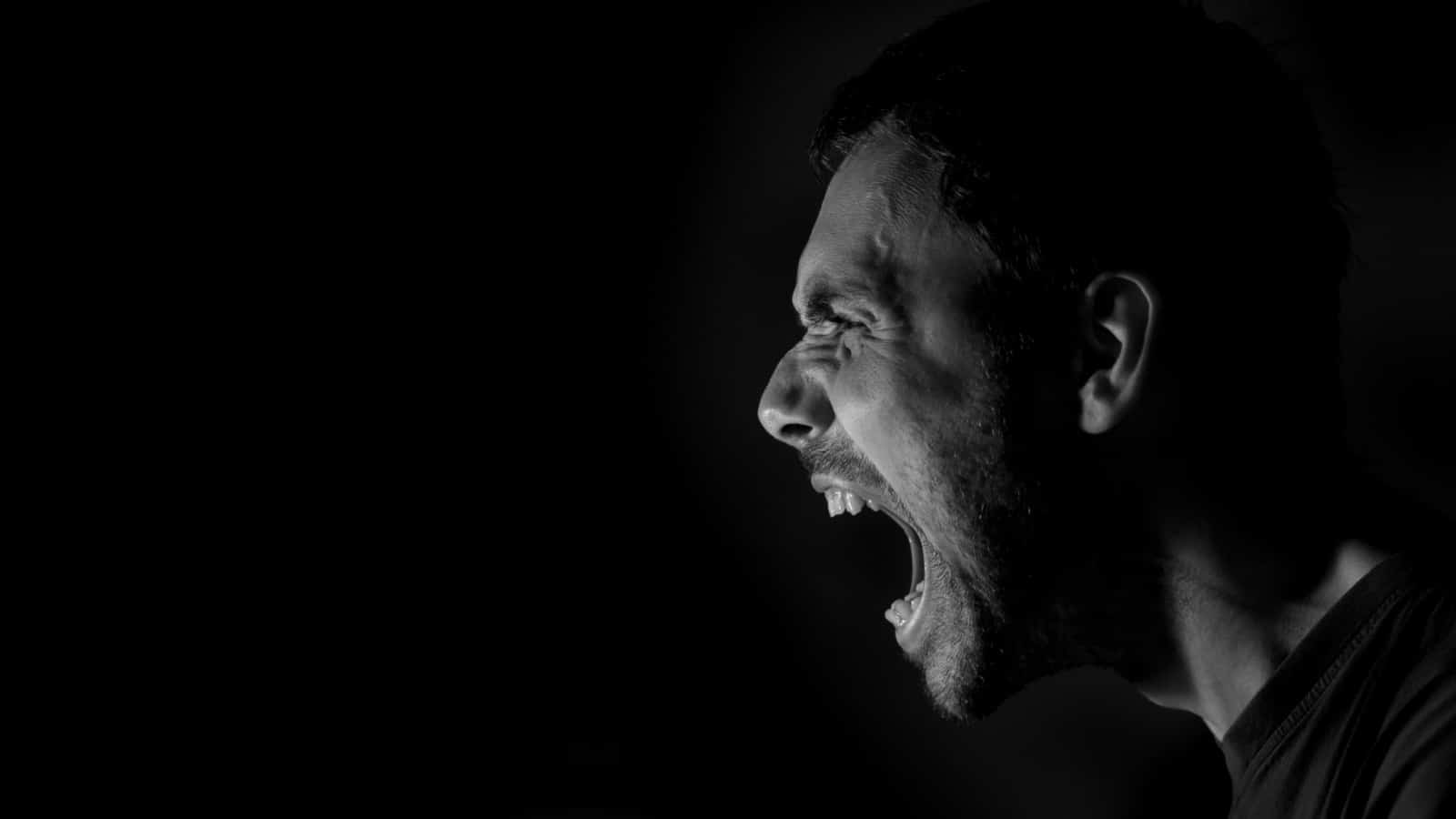There are many different signs of opiate abuse. These indicators include physical, behavioral, financial, and spiritual tells. The physical dependence on prescription drugs has led to an increase in substance abuse disorders. Furthermore, it’s contributed to increased heroin use and opiate overdoses.
What Are the Risk Factors?

Some risk factors for opioid dependence are mental illness, a family history of drug abuse, and difficult family and social environments. Opioid addiction is an epidemic plaguing our nation, and finding good addiction treatment can be challenging. So let’s start with some frequently asked questions about opioid abuse and opiate addiction.
What Is the Difference Between Opiates and Opioids?

There is one main difference between opioids and opiates. That is that opioids are synthetic chemical compounds created in a lab. In contrast, opiates are chemical compounds deriving from natural plant matter. Both drugs are narcotics and present the same symptoms.
The pharmaceutical companies have created over 500 opioid molecules! But these opioids are most common in the American medical system. Also, they are common pain medicines that lead to opioid abuse and opioid addiction.
- Fentanyl/Fentanil (Ultiva, Sublimaze, Duragesic Patch)
- Hydrocodone (Vicodin)
- Hydromorphone
- Oxycodone (Oxycontin, Percocet)
- Oxymorphone (Opana)
- Meperidine (Demerol)
- Methadone (Dolophine)
- Dilaudid
These are prescription drugs. However, many are easily attainable on the streets. It’s a terrifying reality for people with opioid use disorders. As well as for their families. Fentanyl is a synthetic opioid, and it’s making headlines for being responsible for mass-overdose events.
Heroin is a semi-synthetic opioid made from chemically-processed morphine. It’s the darkest demon. And often the final stop for a person with opioid use disorder. The signs of opiate abuse are the same as the signs of opioid addiction.
What Are Three Examples of Opiates?

- Codeine
- Opium
- Morphine
What Is the Addiction Rate of Opiates?

Over two-million Americans abuse opioid painkillers. While another million abuse opioids, including fentanyl and heroin.
Between 21 to 29 percent of patients prescribed opioids for chronic pain become addicted and misuse them. Also, 8 to 12 percent of people using opioids develop an opioid use disorder. Additionally, 4 to 6 percent who misuse prescription drugs transition to heroin.
What Percent of Deaths Are Caused by Opioids?

Over 70% of the 70,630 deaths in 2019 involved an opioid. Overdose (OD) deaths rank right below diabetes for the highest death count. The national OD rate is 21.6 deaths per 100,000 residents. Killing more than 136 Americans daily. With heroin OD, death rates increasing at an average annual rate of 55.7%! Finally, opioid use disorder is in every neighborhood. It’s unlikely that you do not know someone affected.
What Is the Most Common Side Effect of Opioids Used for 5 Days?

Common side effects of five-day opioid use are nausea and constipation. Constipation can get so bad it requires a stool softener. Or even lead to opioid discontinuation. Other side effects include dizziness, dry mouth, and itchy skin.
Physical Signs of Opioid Abuse

Sometimes it can be difficult to identify the signs of opiate abuse during the earlier stages of opioid addiction. But pinned pupils are a definitive giveaway with people using opioids.
Additionally, flushed and itchy skin can be a sign of opioid abuse. Is your loved one constantly scratching? Opiates can cause a person to claw at their skin until it scratches and bleeds. So fingernail scratches on the face, arms, and legs may indicate abuse.
It’s not uncommon for raised patches of red skin to present on the face. Also, weight loss and poor changes in hygiene are significant signs of opioid abuse. Sometimes weight loss is dramatic and quick.
Decreased sex drive is a common side effect. As well as frequent flu-like symptoms and changes in sleep patterns. Having difficulty staying awake or nodding is a telltale.
Eyes rolling back with the head or head hanging forward are nodding signs of opiate abuse.
Another physical tell is needle marks from intravenous drug use. These tracks are commonly found on arms and legs. But people may hide needle marks by injecting veins on their breasts and feet. Check their feet if your loved one always wears socks and you suspect they have an opiate addiction.
Behavioral Signs of Opiate Abuse

Behavioral signs can include excessive mood swings. Switching from happy to hostile without warning. As well as impulsive actions and risky activities. Does your loved one complain about losing medication? Or do they borrow medicine?
Do they seek multiple prescriptions from different doctors? Suggesting that they need to stock up just in case? These are all behaviors of a person with opioid use disorder. Did they stop taking their mental illness medications?
Furthermore, quitting activities and isolating from friends are conducive to opioid addiction. Changes in eating habits and exercise routines can be signs of opiate abuse.
Additionally, lying becomes your loved one’s language. Suddenly, stories aren’t adding up, and they become defensive when pressed for detail.
If you witness a person taking prescription pills as a precaution to manage pain, despite not being in pain, that’s a red flag for abuse. Not stopping when pain isn’t present is an indicator of opioid addiction.
Taking larger amounts than they’re prescribed. Or taking medication not prescribed to them is abuse. Also, mixing medications with other substances intensifies the effects of the drug.
Are they talking about their pain medication frequently while detailing its use? If it’s legitimate usage, there is no reason to explain why they are taking their medicine. Shame and guilt can convince an opiate abuser to try to justify a behavior others haven’t noticed.
Abandoning responsibilities, including school, sports, dance, or other hobbies, may indicate a problem. Is your loved one neglecting to take care of the children? Or maintain household responsibilities?
Are they becoming secretive with who they’re talking to and where they’re going? Or spending unusual lengths of time in isolated areas of the home, such as the bathroom or garage? These are all possible behavioral signs of opiate addiction.
Financial Signs of Opioid Abuse

Is your family member paying for opiates off of the streets? Or are they taking prescription pain pills that aren’t prescribed to them? That is abuse.
Initial financial signs of opiate abuse include giving away shifts at work. As well as consistently asking to borrow money. More obvious financial tells include losing their job and pawning personal possessions.
Or worse, if they begin stealing to support their habit. Whether it’s stealing from the till at work, from a retailer, or from you, theft is one of the more desperate signs of opiate abuse. It presents a dire state of the severity of their addiction.
Once an opiate abuser has reached this stage, they’re in full-fledged addiction. They’re sick enough that they’ve abandoned all responsibilities to get high. Decision-making is poor and often dangerous.
Spiritual Signs of Opiate Abuse

Does your loved one have a relationship with a higher power? Then this section is for you. One of the most challenging things to witness is your loved one’s loss of faith. Or spirituality.
Other spiritual signs may include that they stop attending church or church groups. Additionally, you may notice your loved one no longer engages in prayer. Be it saying grace before a meal. Or prayer journaling before bed. Were these once-common practices and no longer are? You may have a reason for concern.
Another spiritual sign of abusing opioids is a loss of moral compass. Is your loved one participating in activities that go against their convictions? Such as lying, stealing, or becoming violent with a family member? Unfortunately, it’s a common theme with opioid use disorders.
Additional Signs of Opioid Addiction

These are a few common signs indicative of opiate addiction:
- Running out of tin foil in your home abnormally quick.
- Finding crumpled tin foil with black marks.
- Discovering cut straws or pens that have been hollowed out for smoking.
- Slurred speech.
- Poor motor skills and coordination.
- Change in friends, hobbies, activities, and/or sports.
- Burnt or missing spoons and bottle caps.
- Syringes.
- Small bags with black, sticky residue or powder-like substance.
- Missing shoelaces, elastic headbands, and/or belts.
Opiate and Opioid Withdrawal Symptoms

One or more of these opiate withdrawal symptoms will be present when detoxing from opiate substance use.
- Intense flu-like symptoms such as diarrhea, nausea, and vomiting.
- Goosebumps with sweating.
- Shaky hands.
- Irregular changes in sleep patterns.
- Runny nose and watery eyes.
- Constantly yawning.
- Muscle cramping and joint pain.
- Increased pain.
- Anxiety and restlessness.
Signs of Opioid Overdose

These are the common signs of an opioid overdose, and if someone is demonstrating them, you should call 911 right away. An opiate overdose presents the exact same.
- Severe stomach pain and abdominal cramping.
- Nausea and vomiting.
- Chest pain.
- Snoring or gurgling sounds.
- Slow or stopped breathing.
- Unresponsive or unconsciousness.
- Cold or clammy skin
- Discolored fingernails and lips.
Thank you for reading about these warning signs of opioid abuse, addiction, and opioid overdose. If this resonates with you, the first step is admitting your problem. However, opiate withdrawal symptoms can be severe (even fatal), so please talk to a medical professional before you stop taking opioids.
There are risk factors. It may lead to heroin or even death. Taking opioids over an extended period can require medically assisted detox. I went cold turkey after five years of prescription pain medicines, leading to heroin. So I do not recommend it.
Finally, opiate addiction and other drug abuse often require intervention and professional help to improve mental health. So ask questions before choosing an addiction treatment facility. Unfortunately, several addiction treatment centers are not providing viable treatment. Please do your research.
Are there any critical signs of opioid abuse that I am missing? Please add them to the comments below. So I can update the post to include them! Also, will you hit that social share and try to save a life today? Help spread the word about opioid use disorder. Thanks! It means the world.
More From Sober Healing

- 10 Significant Things I Learned About Life in Active Heroin Addiction
- How to Stay Sober: 20 Tips for Successful Recovery
This post was published and syndicated by Sober Healing.
Elizabeth Ervin is the owner of Sober Healing. She is a freelance writer passionate about opioid recovery and has celebrated breaking free since 09-27-2013. She advocates for mental health awareness and encourages others to embrace healing, recovery, and Jesus.

